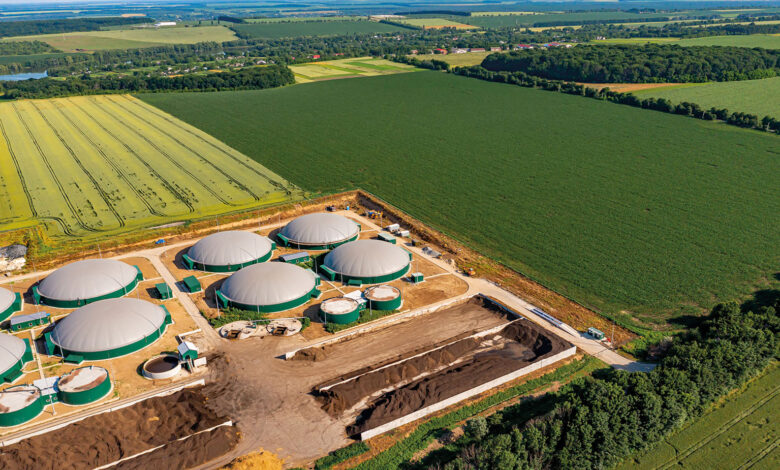EU biomethane investment halfway to 2030 targets

Two years since the launch of REPowerEU, the European Commission states that €18 billion has been spent in helping the EU meet its biomethane targets.
Under REPowerEU, The EU’s biomethane production, either as biogas or its upgraded version, needs to reach 35 billion cubic metres (bcm) per year by 2030 and the estimated investment need for the period amounts to €37 billion. Industry reports €18 billion investment mobilisation by February 2024.
The Biomethane Industrial Partnership (BIP) was launched on 28 September 2022 and aims to support the achievement of the EU’s 2030 target of 35 bcm annual production and use of sustainable biomethane and to create the conditions for a further ramp-up of its potential by 2050.
Biomethane and biogas production is increasing at significant pace, however, based on projections in EU member states’ latest draft updated national energy and climate plans, biogas and biomethane production is currently set to reach a cumulative range of between just 30bcm and 32bcm by 2030.
To reach the 2030 target, the Commission presented in May 2022, a Staff Working Document, accompanying REPowerEU, outlining a number of actions which could be taken to unlock the potential of biogas and biomethane across the EU.
The proposed actions aim at “expanding the production of biogas to a sustainable volume which can be upgraded into biomethane” and promoting biomethane production from waste and residues, rather than from food and feedstocks, which can lead to land use change-related issues.
By the end of 2024, under the Waste Framework Directive (2008/98/EC), all EU member states are mandated to collect organic waste separately.
The revised Renewable Energy Directive broadens the scope of the fuel supply obligation to cover all uses of biomethane and the Commission’s recommendation on permitting for renewable energy projects should also accelerate new biogas and biomethane investments.
Ireland has taken its first steps towards contributing to the EU’s biomethane targets with the establishment of emissions reductions targets under the aegis of the Climate Action Plan, as well targets outlined in the newly-announced National Biomethane Strategy.
Under the strategy, the Government is committed to supporting delivery of up to 5.7TWh of indigenously produced biomethane by 2030.





